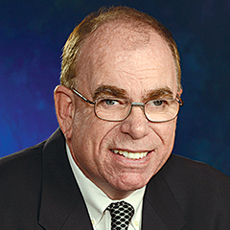
My, how times are changing.
Four decades ago, assisted living communities marketed themselves as a distinct alternative to nursing homes. But these days, it’s getting harder to tell the difference.
In fact, anyone at this week’s American Health Care Association / National Center for Assisted Living annual meeting in Nashville, TN, might be forgiven for concluding that both are kind of the same thing. No doubt about it, the lines are blurring.
Consider how attorneys are sizing up assisted living operators for possible legal action. As my colleague Lois Bowers reported, many of the lawsuit catalysts are quite similar.
Neville Bilimoria, a partner with Duane Morris LLP in Chicago, said that these are the top reasons assisted living operators get hauled into court: medication administration (the top deficiency), resident care, the maintenance and building code, ongoing resident assessment, resident admission requirements, staff training, food service, administrative record-keeping, emergency preparedness and abuse/neglect reporting/investigation. Stop me if you’ve heard those reasons before. And if you are coming from the skilled care side, you surely have.
Then there was the announcement that four new measures — hospital admissions, hospital readmissions, the off-label use of antipsychotic medications, and occupancy rates — will be added to NCAL’s LTC Trend Tracker. Three of the four seem to be rather, ahem, clinical in nature.
Plus there was this observation about the nature of assisted living from NCAL Board Chairman Chris Mason:
“What began as a social model with a medical conscience in many states is now a medical model with a social conscience.” It was a spot-on assessment. But “a medical model with a social conscience” is exactly the way many skilled care operators might also describe themselves these days.
To be clear, fundamental differences remain. Most notably, skilled care is a federally regulated business. Nor is Medicaid the primary source of income for most assisted living operators. Those are two pretty big elephants in the proverbial room.
But like aging children who look more like their parents, many assisted living communities are beginning to resemble the operators who once spawned them.
John O’Connor is editorial director of McKnight’s Senior Living. Email him at [email protected].



